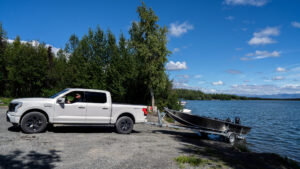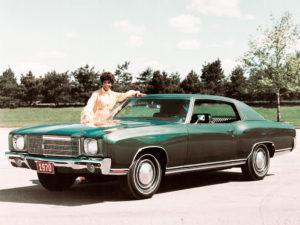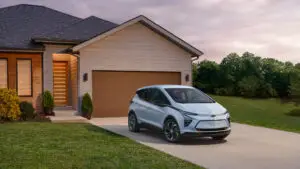No matter what you’ve heard from various automakers, there’s currently no such thing as a self-driving car. There, now that the big letdown’s out of the way, we can talk about what is happening right now. Tesla, Cadillac, and others offer systems that will take charge and pilot a vehicle down the highway in very limited circumstances. Tesla’s Autopilot and Cadillac’s Super Cruise may someday become autonomous systems, but today offer quite limited functionality in the grand scheme of things.
Autonomous vehicles (AVs) will become more common over time, as the technology and regulations catch up to engineers’ imaginations, which will require testing. Most states have created some degree of legislation on AVs, but the level to which they regulate the industry is all over the map. Let’s take a closer look at AV testing and what’s involved with the process.









